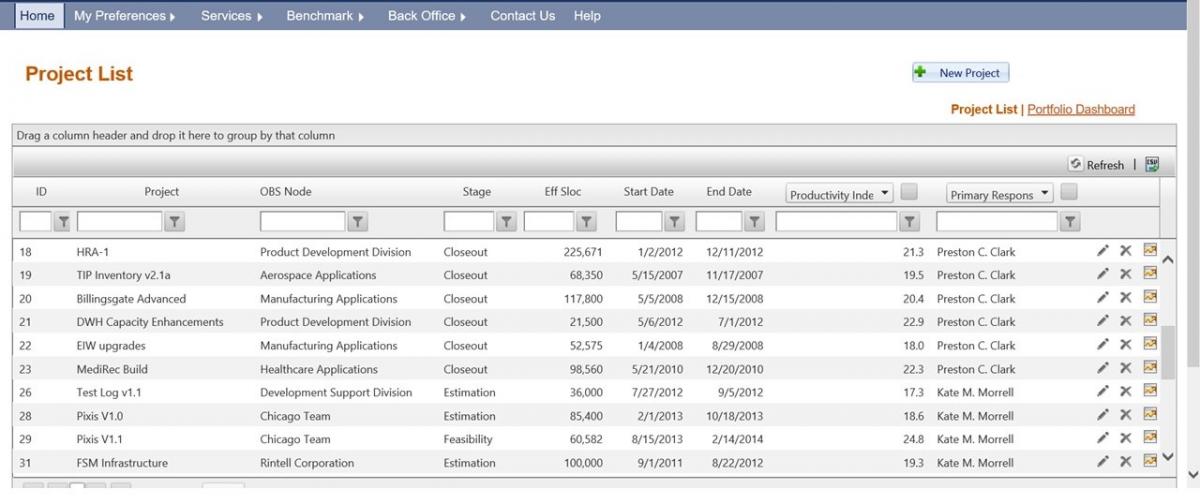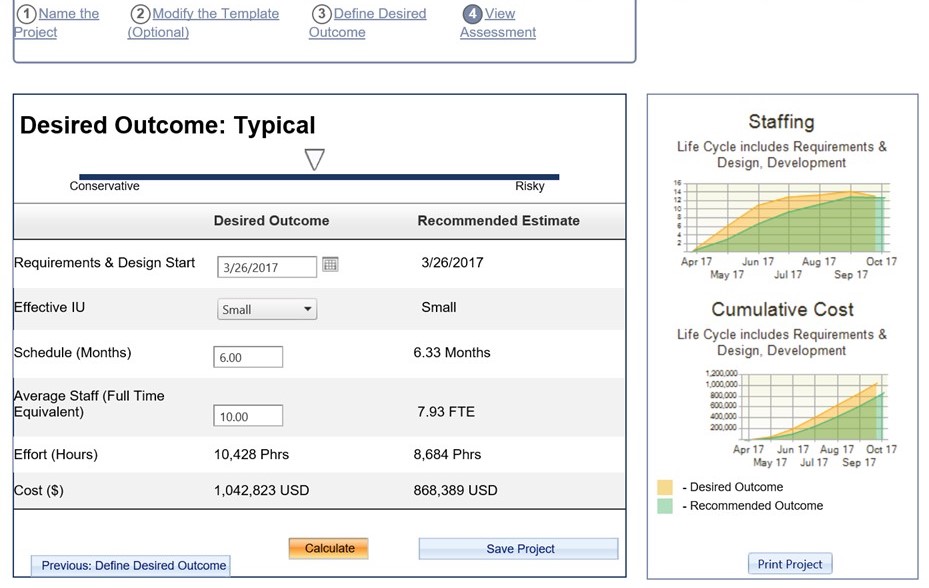Can We Increase IT Productivity by Leveraging Predictive Analytics?
Often within technology organizations there is a general belief that increasing staff increases the amount of production. But what if there were better options? Wouldn’t it be great to see some additional management options using predictive analytics? This type of analysis could save organizations millions of dollars by showing how to hit their goals by just planning more effectively.
Where do you start? First, we recommend centralizing your project data so your information can be easily accessed. These projects can be completed, in-progress, or getting ready to start. The best way to do this is with a tool that lets you store the data and that also lets you generate the forecasts, all in one convenient place.

The next step would be to run built-in forecasting models to see if you can complete the required amount of work with the existing number of resources. These models also provide other options to consider, like adjusting the number of resources on a software release or extending a project schedule to save money. The best models are empirically-based and time-tested. To generate the analysis, you need to enter some basic project level goals and the models then leverage historical data to forecast a reliable duration, effort, cost, and staffing assessment for each release.

